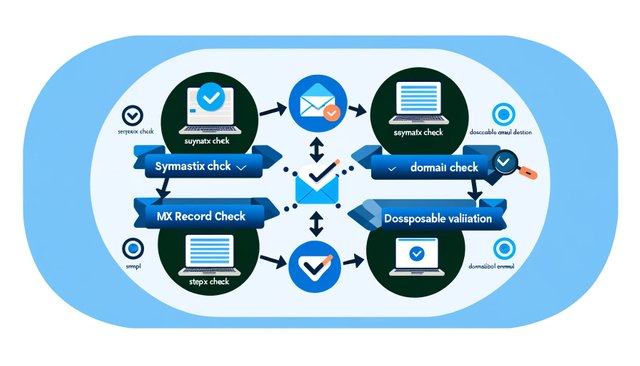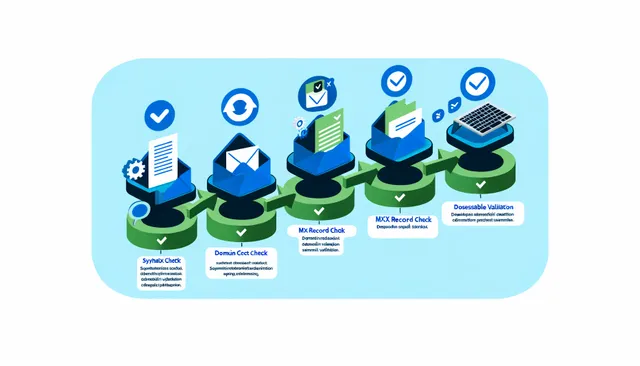Email Validation: Ensuring the Integrity of Your Digital Communications

Hi guys, welcome to my blog, In today 2024 email has become a fundamental mode of communication, both personally and professionally. However, with the convenience and ubiquity of email comes the challenge of managing and authenticating the vast amounts of email addresses that businesses and individuals handle daily. This is where email validation comes into play, a crucial process that ensures the integrity, reliability, and efficiency of email communication. This article explores the concept of email validation, its importance, methods, and best practices, alongside providing visually engaging images suitable for enhancing a blog post on this topic.
What is Email Validation?
Email validation, also known as email verification, is the process of ensuring that an email address is valid, active, and capable of receiving emails. This process helps in filtering out invalid, fake, or typo-ridden email addresses from databases, email lists, or online forms. The primary aim of email validation is to improve the quality of email communication by reducing bounce rates, improving deliverability, and enhancing email marketing campaign performance.
Why is Email Validation Important?
- Reduce Email Bounce Rate: Invalid email addresses lead to bounced emails, negatively affecting your sender reputation with email service providers (ESPs). A high bounce rate can lead to your emails being marked as spam, diminishing their effectiveness.
- Improve Email Deliverability: By validating email addresses, you ensure that your communications reach their intended recipients, thereby improving the overall deliverability of your email campaigns.
- Enhance Email Marketing ROI: Validating email addresses helps in maintaining a clean list, ensuring that marketing efforts are directed only at genuine and active users, thereby increasing the return on investment (ROI) of email marketing campaigns.
- Compliance and Security: Email validation can also help in complying with data protection regulations by ensuring that personal data is accurate and up-to-date. It also helps in preventing fraud by identifying and filtering out potentially malicious email addresses.

Methods of Email Validation
- Syntax Check: This is the most basic form of email validation, where the format of the email address is checked to ensure it follows standard email formatting rules (e.g., [email protected]).
- Domain Check: This method verifies that the domain of the email address exists and is configured to accept emails.
- Mail Exchange (MX) Record Check: By checking the MX records of the domain, this method verifies whether the domain is set up to receive emails.
- Disposable Email Address Detection: Some services identify and filter out email addresses from disposable email providers, which are often used for spam or temporary registrations.
- SMTP Validation: This is a more advanced form of validation that involves communicating with the email server to verify that the mailbox exists and can receive emails.
Best Practices for Email Validation
- Validate at the Point of Capture: Implement real-time email validation on your website forms or applications to catch invalid emails immediately.
- Regularly Clean Your Email List: Periodically validate your existing email list to remove inactive or invalid email addresses.
- Choose a Reputable Email Validation Service: For comprehensive validation, consider using a reputable email validation service that offers a broad range of checks.
- Respect User Privacy: Ensure that your email validation practices comply with data protection laws and respect the privacy of your users.